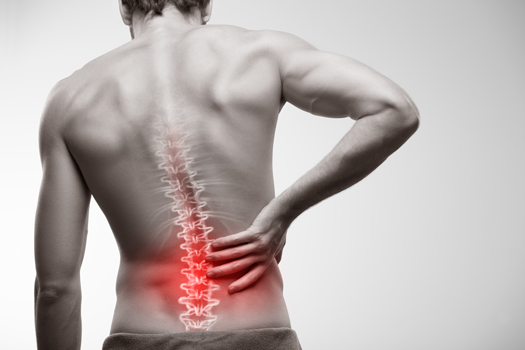
Degenerative disc disease (DDD) is a condition that affects the discs between the vertebrae in the spine. These discs act as shock absorbers and allow the spine to bend and twist. Over time, due to aging, injury, or other factors, the discs may lose their height, elasticity, and hydration, causing them to bulge or herniate. This can put pressure on the spinal nerves and cause pain, numbness, tingling, or weakness in the lower back and legs.
One of the surgical options for treating DDD is a lumbar microdiscectomy. This is a minimally invasive form of a lumbar discectomy that involves removing a small portion of the herniated disc that is compressing the nerve root. The goal of this surgery is to relieve the symptoms of DDD and improve the function and quality of life of the patient. This article explains how lumbar microdiscectomy surgery can be used to treat DDD.
What Are the Benefits of a Lumbar Microdiscectomy?
While lumbar microdiscectomy is primarily used to treat herniated discs, it can also be helpful in treating degenerative disc disease. In fact, lumbar microdiscectomy is often recommended for patients with DDD who have not responded to nonsurgical treatments.
By removing the damaged portion of the disc, a lumbar microdiscectomy can relieve pressure on the nerves in the lower back, which can reduce pain, numbness, and other symptoms associated with DDD. In addition, the procedure can also restore mobility and improve overall function.
A lumbar microdiscectomy has several advantages over more traditional open spine surgery. Some of these benefits are:
- Smaller incision and less damage to the surrounding muscles and tissues
- Less blood loss and risk of infection
- Shorter hospital stay and recovery time
- Less postoperative pain and need for pain medication
- Higher success rate and lower complication rate
According to a study published in the Journal of Neurosurgery: Spine, patients who underwent lumbar microdiscectomies for DDD reported significant improvement in their pain, disability, and quality of life at 6 weeks, 3 months, 6 months, and 1 year after surgery. The study also found that the outcomes following lumbar microdiscectomy were comparable or superior to those of other back surgery types used to treat DDD.
What Are the Potential Risks of a Lumbar Microdiscectomy?
As with any surgical procedure, there are also potential risks and complications associated with a lumbar microdiscectomy. These can include:
- Infection
- Bleeding
- Nerve damage
- Recurrence of symptoms
- Reherniation of the disc
Who Is a Good Candidate for a Lumbar Microdiscectomy?
A lumbar microdiscectomy is not suitable for everyone with DDD. It is usually recommended for patients who have:
- Severe or persistent symptoms that do not respond to conservative treatments, such as medication, physical therapy, or injections
- Nerve compression that causes neurological deficits, such as muscle weakness or bladder or bowel dysfunction
- A single-level disc herniation that is clearly visible on imaging tests, such as MRI or CT scans
- Good general health and no contraindications for surgery, such as infection, bleeding disorders, or osteoporosis
Lumbar microdiscectomy surgery may not be recommended for patients who have:
- Multiple-level disc degeneration or spinal stenosis
- Instability or spondylolisthesis (slippage) of the vertebrae
- Chronic low back pain without nerve compression or radiculopathy (pain that radiates along the nerve)
- Psychological or emotional issues that may affect their recovery
Before deciding to undergo a lumbar microdiscectomy, it is important to consult with a qualified spine surgeon who can evaluate your condition and explain the risks and benefits of the procedure. You should also discuss your expectations and goals with your surgeon and understand the potential outcomes and complications of the surgery.
Although microdiscectomy surgery is generally a very successful procedure, patients with a larger hole in the outer ring of the disc have a significantly higher risk of reherniation following surgery. Often, the surgeon will not know the size of the hole until he or she begins surgery. A new treatment, Barricaid, which is a bone-anchored device proven to reduce reherniations, was specifically designed to close the large hole often left in the spinal disc after discectomy. This treatment is done immediately following the discectomy—during the same operation—and does not require any additional incisions or time in the hospital. In a large-scale study, 95 percent of Barricaid patients did not undergo a reoperation due to reherniation in the 2-year study timeframe.
If you have any questions about the Barricaid treatment or how to get access to Barricaid, ask your doctor or contact us at 844-288-7474.
For full benefit/risk information, please visit: https://www.barricaid.com/instructions.


Comments